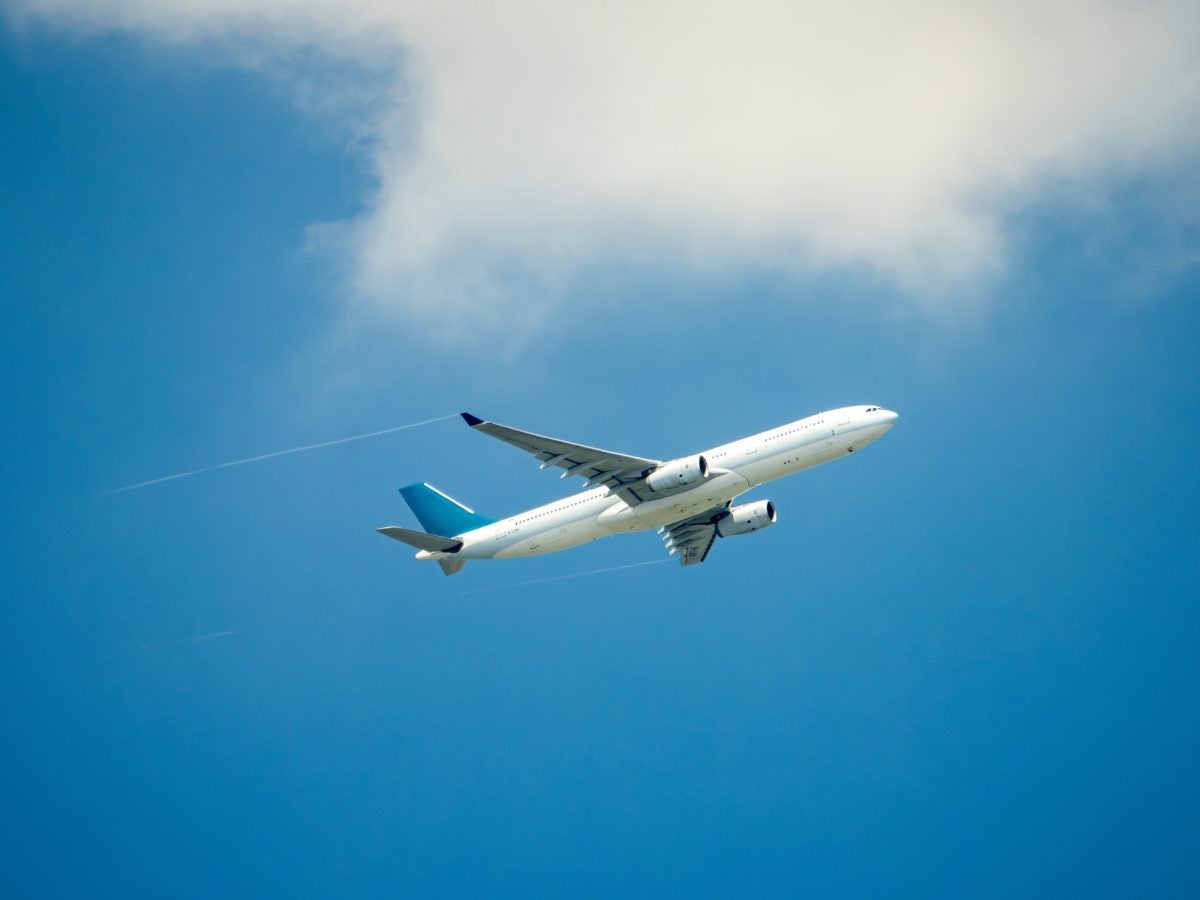
As a travel writer and frequent trip taker, I spend more time in the air and at airports than at home. Yet, before each flight, I feel a bit nervous—and for good reason. Flights have been encountering more turbulence. Then, there was the fiasco with computer systems failing, causing flight delays and cancellations. In some cases, passengers were left standing at airports for days. We’ve seen countless posts and stories about mid-air mechanical failures that made us second guess being on Boeing planes. And over the previous month, plane crashes, small and commercial, seemed to be making headlines more and more. It’s been a lot. I’ll be the first to admit that I’ve boarded my last few flights with more trepidation than ever.
There are many possible causes for these aviation accidents and other incidents. Whatever they may be, the burning question is: How safe is it to fly right now?
Let’s Talk Stats
Is flying dangerous? Yes, like all conveyances, whether trains, cars, motorcycles, or boats, it carries a risk we take every time we use them. However, it’s important to remember that, statistically, flying remains the safest method of transportation.
Data from the Massachusetts Institute of Technology (MIT) indicate that the fatality risk from flying is one in 13.7 million passengers. This risk decreases by roughly seven percent each year thanks to the stringent safety precautions, measures, and improvements in place.
These regulations and safety measures are not just theoretical. They are put into practice by the Air Traffic Organization, which oversees an astonishing 45,000 flights across 29 million square miles daily in the United States. During peak travel season, this number can soar to upwards of 5,000 airplanes flying per hour.
It’s important to remember that, though alarming, accidents are still an uncommon occurrence.
What Flight Attendants Say
I had the privilege of engaging in insightful conversations with several highly trained women in the aviation industry. Their expertise goes beyond mere statistics and headlines, as each has at least a decade of experience, providing a deeper understanding of the current safety of air travel.
“Flight Bae B,” as she is known on social media, is a seasoned flight attendant who currently operates as an aviation consultant and commentator. Despite the recent tragic incidents, she reiterates to travelers that air travel remains one of the safest modes of transportation. She emphasizes that continuous technological advancements, rigorous training programs, and comprehensive safety protocols significantly enhance safety.
“The aviation industry is governed by some of the strictest safety standards and regulations in the world,” she says.

One reason for the uptick in plane crashes is that prop-plane accidents are rarely reported in the mainstream, but they have been lately. To further put your mind at ease, she also reminds us that we, as travelers, can look up airline incident statistics to really know what’s what.
“Incidents, though deeply saddening, are statistically rare and are continually analyzed to further enhance safety measures,” she notes.
According to flight attendant *Jo, she’s confident in air travel safety. “It’s the safest way to travel. There are thousands of flights a day, and the ratio of flights that don’t end in an accident to those that do is so low, especially compared to road accidents,” she says. Jo emphasizes the extensive training and expertise of every professional in the industry, from ground workers to flight attendants to pilots, who are all dedicated to ensuring passengers’ safe journey from point A to point B. Every seemingly insignificant detail, such as having multiple exits on board an aircraft and the ratio of one flight attendant per 50 seats, plays a crucial role in a safe flight.
*Stacy also firmly believes that air travel is safe. This confidence is not unfounded, as it is backed by the rigorous practicum that pilots, flight crew, ground crew, and mechanics undergo. “I do think it’s still safe because I know the training and focus our crews, ground crew, mechanics, ATC, and more go through. And at the end of the day, we all want to get home to our families,” she states.
For instance, each airline has its own training curriculum, but flight attendant training programs last several weeks to several months. During training, attendants learn the importance of customer relations, in-flight service, and safety and security procedures, including administering first aid. They also watch aviation incidents and practice drills. On the other hand, the FAA requires 1,500 flight hours to be an airline pilot, which takes about 2.5 years.
In Case of an Emergency
Listening to the flight crew and leaving your bags in an emergency is a key aspect of passenger safety. While we may feel our belongings are indispensable, they are all replaceable, including medications and passports. Regardless of an airline’s operating procedures, the ultimate goal in an emergency is to evacuate everyone in 90 seconds or less.
“Do not open those bins to retrieve things,” Jo says. “It slows the evacuation. Valuing inanimate objects more than your own life or the lives of your fellow passengers isn’t the vibe.”
Jo cautions that even a seemingly small action, like reaching for the bag at your feet, can significantly delay an evacuation, especially if you’re seated in the aisle or middle seat and blocking someone’s path. She notes, though, “I’ve seen more and more travelers discreetly wearing their necessary items somewhere on their body, which I understand.”
Flight Bae B also emphasizes that in an emergency, the key is to remain calm and follow the flight crew’s instructions. “Always pay close attention to the safety briefing and take note of your nearest exit,” she says. “In an emergency, your calm, swift reaction and adherence to established procedures are critical to ensuring your safety.” Stacy adds that listening to the flight crew is critical. And even if you’ve heard the safety briefing a hundred times, give them that few minutes of undivided attention—it can save your life.
“As much as you fly, you don’t know the emergency equipment we have on board or the ways our doors and exits operate,” she notes. “Follow our instructions, and help people around you because we are looking out for everyone, not just one person.
“I know it may seem like things take really long on a plane, even on a good day, but on a bad day, your impatience and criticism aren’t helpful,” Stacy adds. “What is helpful is following instructions, being willing to help if we ask you for assistance, and trying to stay as calm as possible.”
Overcoming Flight Anxiety
As mentioned, I still get nervous before every flight–and I fly nearly every week. If you’re also a nervous flyer (amid the recent headlines or in general), Stacey suggests being specific about the root cause of your anxiety and sharing it with the flight crew. This simple act of communication can be incredibly empowering, as it allows you to take control of your anxiety. For instance, you may ask a flight attendant to give a heads-up about turbulence, or saying hello to the pilots may put your mind at ease. You can even ask them to check on you during the flight (as time permits) if that helps you feel reassured. Of course, there are also distractions like seat-back entertainment or reading a book that you can focus on.
Whatever you do, though, Stacey says that passengers who opt to take medications for flight anxiety should not pair them with alcoholic beverages. “Ninety percent of the medical emergencies I’ve had on board are alcohol and drug-related because people have mixed the two and end up passing out or fainting,” she says. “And that’s really stressful for the crew, who are here for your safety first and foremost.”
While any form of travel carries some level of risk, as we approach the spring break season and people take to the skies for both work and leisure, flight attendants—who spend 12 to 14 days a month in the air on average—maintain that flying remains one of the safest ways to travel. So, there’s no need to cancel your plans or hesitate when booking your next flight.
*It’s important to note that some participants have used an alias for security reasons. Rest assured, their job title and airline have been meticulously verified. This ensures that we provide our readers with information from a professional, reliable source.




